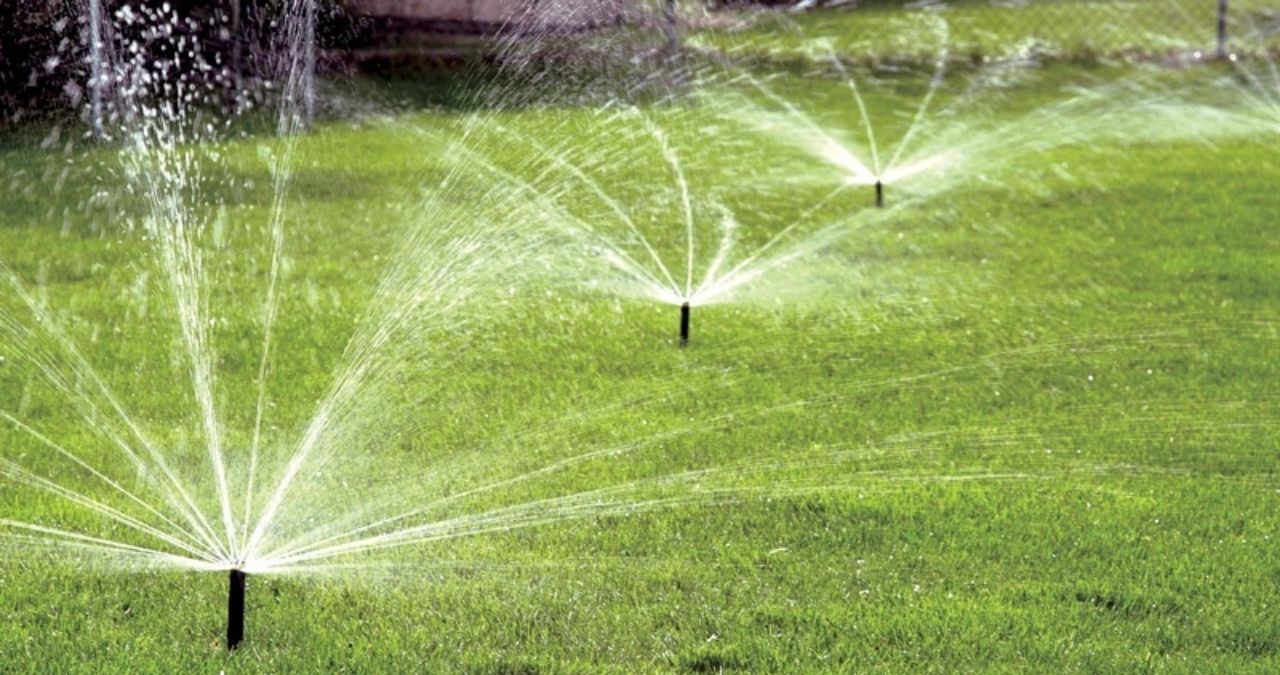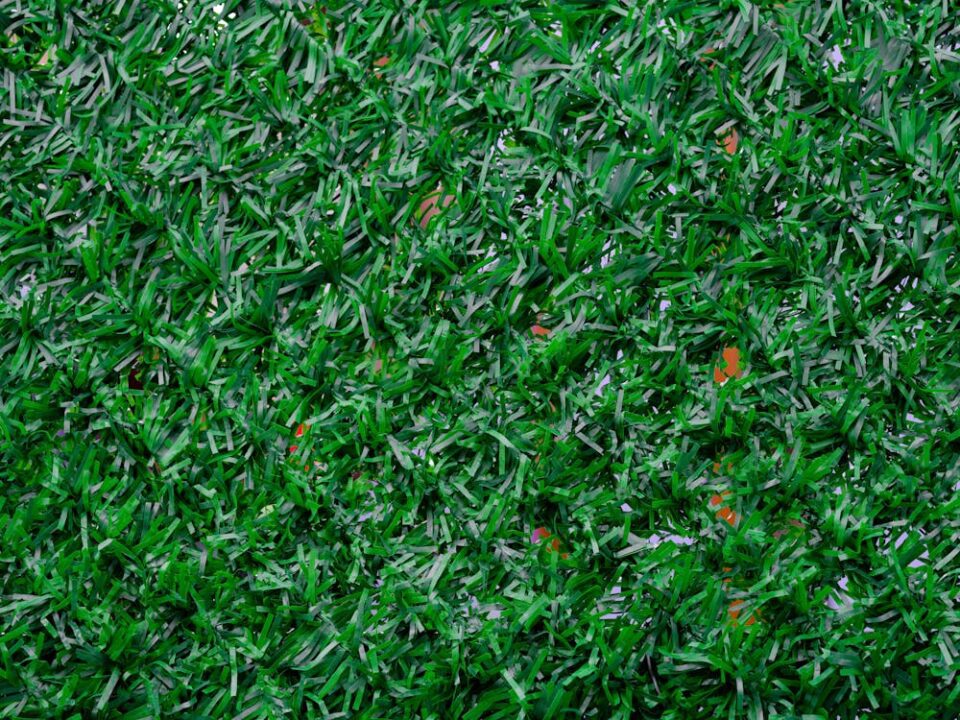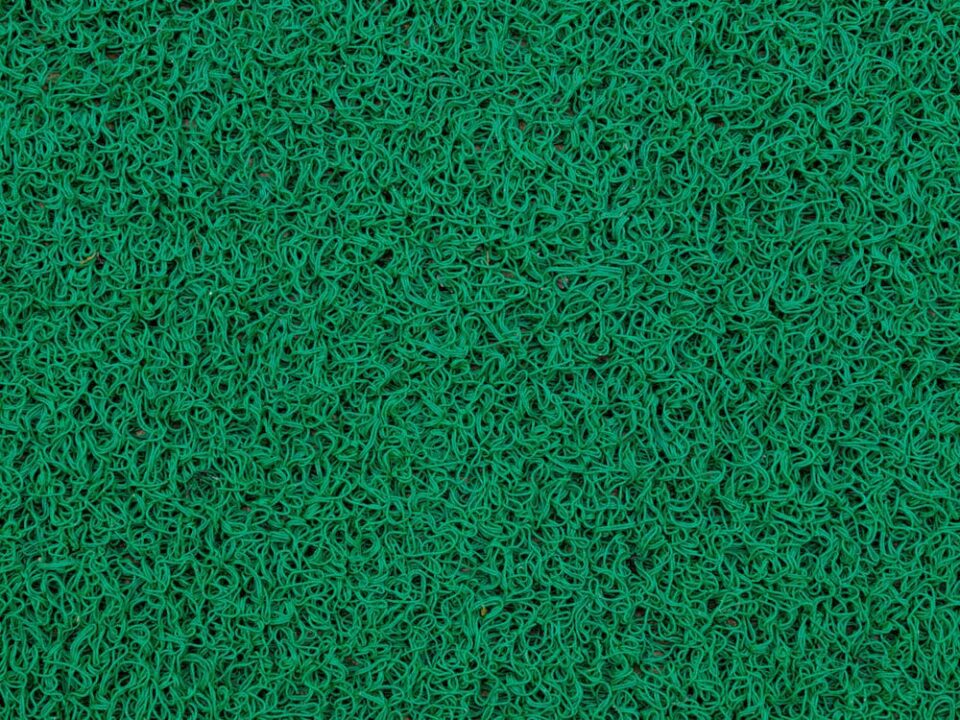

When to Mow New Sod
March 6, 2024
How to Lay Artificial Turf Grass
March 20, 2024How Often to Water New Sod
Establishing a new lawn with sod can instantly transform your yard into a vibrant, green oasis. However, the key to ensuring this transformation lasts lies in the proper watering of your new sod. This guide (How Often to Water New Sod) is designed to help you navigate through the crucial early stages of sod care, ensuring your lawn becomes the envy of the neighborhood.
New Sod Watering Chart | How Often to Water New Sod
| Week | Watering Frequency | Amount of Water | Notes |
| 1 | 2-3 times per day | Keep sod & top inch of soil moist | Begin watering within 30 minutes of sod installation. Early morning, noon, and late afternoon are optimal times. |
| 2 | Once per day | Keep sod & top 2 inches of soil moist | Reduce to once daily, preferably in the early morning to reduce evaporation and the risk of disease. |
| 3-4 | Every other day | Deep water to wet soil 4-6 inches deep | Begin encouraging deeper root growth by allowing the top inch of soil to dry slightly between waterings. |
| 5-6 | 2-3 times per week | Deep water to wet soil 6-8 inches deep | Continue to encourage deep root growth. Adjust watering based on weather; more if hot/dry, less if cool/wet. |
| Beyond 6 Weeks | As needed (typically 1 inch per week) | Deep water to encourage deep roots | Transition to regular lawn care practices. Water your plants in the morning to reduce water loss through evaporation and lower the chances of plant diseases. Make sure to consider how much it’s rained and what season it is when deciding how much water your plants need. |
Understanding New Sod Needs
When you lay new sod, you’re not just covering your yard with pre-grown grass; you’re transplanting a living organism into a new environment. This transplant requires special care to thrive, especially when compared to established lawns. Let’s delve into the specifics of why new sod needs extra attention, the pivotal role of water, and how external factors like weather, soil type, and sod variety influence its watering needs.
The Increased Attention New Sod Requires
New sod lacks the deep root system that established lawns have developed over time. In established lawns, roots extend deep into the soil, accessing moisture and nutrients from a broader area, which helps the grass withstand periods of drought and recover from damage more quickly. In contrast, new sod roots are shallow, having been cut from their original growing location before being laid on your property. Initially, these roots can only draw moisture from the very top layer of soil. Without sufficient water, the roots cannot grow deep enough to establish a robust system, and the sod may fail to thrive, turning brown and dying.
The Role of Water in Root Establishment and Sod Health
Water is the lifeblood of new sod in several ways. Firstly, it provides the necessary hydration for the grass blades to perform photosynthesis, a critical process for growth and health. Additionally, water helps roots to delve deeper into the soil to find moisture, which is crucial for long-lasting survival and strength against tough environmental conditions.
Proper watering keeps the soil beneath the sod moist but not waterlogged, creating an ideal environment for root growth. Initially, the goal is to water enough to encourage the roots to knit with the underlying soil, a process crucial for sod establishment. Once the roots have begun to penetrate the native soil deeply, the sod becomes more self-sufficient, drawing on soil moisture reserves to withstand dry conditions.
How Weather, Soil Type, and Sod Variety Affect Watering Needs
Weather: The weather is super important for watering new grass. Hot, sunny, and windy conditions can quickly dry out the topsoil, necessitating more frequent watering to maintain moisture levels. Conversely, during cooler or overcast weather, evaporation rates are lower, and sod may require less frequent watering.
Soil Type: Soil type significantly impacts how water is retained and drains. Clay soils retain moisture longer but may lack proper drainage, risking waterlogging. Sandy soils let water go through fast but can get dry quickly too. Knowing your soil type helps you figure out when to water your new grass so it stays just right—not too wet, not too dry.
Sod Variety: Grasses come in different types and each type needs different amounts of water. Some grasses are drought-tolerant and require less frequent watering once established, while others may need more consistent moisture levels to thrive. Selecting a sod variety that matches your climate and soil type can reduce maintenance needs and improve the lawn’s overall health and appearance.
Watering Your New Sod: The First Week

Proper watering is crucial during the first week after laying new sod. This period is critical for the sod’s survival and establishment. A well-thought-out watering schedule, understanding the balance between moist and waterlogged soil, and recognizing the signs of under-watering and over-watering are essential components of successful sod care.
Detailed Daily Watering Schedule for the First Week
Day 1: Water the sod within the first 30 minutes after it is laid. The initial watering should saturate the sod and the soil beneath it to a depth of 4-6 inches. This can require several hours of watering, depending on your system’s coverage and output.
Days 2-7: Water the sod two to three times daily, early in the morning, at midday, and in the late afternoon. We want to make sure the grass and the top layer of dirt stay damp all day. When we water, we need to give enough moisture to soak through the grass and a little into the dirt underneath, but not too much that it makes puddles or flows away. Typically, 5-10 minutes of watering per session is sufficient, but this can vary based on your soil type and weather conditions.
Importance of Keeping the Sod Moist but Not Waterlogged
Maintaining moist soil is crucial for new sod because it ensures the grass roots have enough water to start establishing themselves in the soil. The moisture encourages roots to grow downward as they seek water, which is vital for the sod to knit properly with the underlying soil and for the establishment of a strong, resilient lawn.
It’s just as vital to steer clear of drowning your soil. Too much water can stop roots from getting enough oxygen, causing root rot and other fungal issues. Furthermore, waterlogged soil prevents the roots from properly anchoring the sod to the ground, delaying establishment and increasing the risk of sod failure.
Signs of Under-Watering and Over-Watering
Under-Watering:
- The sod begins to dry out, turning a blue-gray color.
- Grass blades wilt, curl, or become brittle.
- Edges or corners of the sod may lift or shrink, indicating the soil beneath is too dry.
Over-Watering:
- The sod feels spongy or squishy underfoot.
- Water gathers on top or slides away without sinking in.
- Signs of fungal growth, such as a slimy or moldy appearance on the sod surface.
- If the soil smells overly damp and musty, it might mean it’s too wet and doesn’t have enough air.
Adjusting Your Watering Schedule: Weeks 2 to 6

After the critical first week, it’s essential to adjust your watering practices to encourage deeper root growth and help your new sod transition to a more established lawn. Gradually reducing watering frequency, monitoring your sod and soil conditions, and adapting to weather changes are key steps in this process.
How to Gradually Reduce Watering Frequency
Week 2: Start watering less often, aiming for just once a day. It’s best to do it early in the morning when it’s cooler, and water doesn’t evaporate as quickly. This schedule helps to decrease the risk of disease while ensuring the sod has enough moisture to continue rooting.
Weeks 3-4: Reduce watering further to every other day. This trimming makes the roots stretch down further to find water, helping your lawn get stronger against droughts.
Weeks 5-6: By now, the sod should be establishing well. Decrease watering to just two or three times per week, adjusting based on how the weather behaves. This frequency is sufficient for most lawns to maintain health and encourages the development of a deep root system.
Monitoring Sod and Soil to Determine When to Water
Make sure to regularly feel the soil to see if it’s dry or wet before watering your plants. You can do this by gently lifting a corner of the sod to feel the soil underneath or by using a screwdriver or soil probe. Make sure the soil is a bit wet, about 2 inches deep, but not too wet. If the top part of the soil feels dry when you touch it, then it’s time to give it some water again. This method helps you adjust your watering schedule based on the actual needs of your sod rather than sticking to a rigid timetable.
Establishing Long-Term Watering Habits
Once your new sod is firmly established, typically around six weeks after installation, it’s time to transition to a regular watering schedule that promotes a healthy, resilient lawn. Establishing long-term watering habits is crucial for maintaining your lawn’s health and ensuring its longevity. Here, we’ll explore how to transition to a regular schedule, the recommended practices for watering mature lawns, and the optimal times for watering.
Recommended Watering Practices for Mature Lawns
- Less Frequent, Deeper Watering: Mature lawns benefit most from watering that is less frequent but deeper. This approach encourages roots to grow downward, creating a more drought-resistant lawn. Aim for watering that penetrates 6 to 8 inches into the soil, which usually requires about 1 inch of water per week, including rainfall.
- Adjusting for Weather and Soil: Be mindful of weather conditions and soil type when determining your watering schedule. Lawns might require extra water when it’s hot and dry, but less when it’s cool and wet. Additionally, sandy soils drain faster than clay soils and may require more frequent watering, though still adhering to the principle of deep watering.
- Mulching and Soil Amendments: To improve water retention and root penetration, consider adding organic matter to your soil through mulching or applying soil amendments.
Best Time of Day to Water and Why It Matters
- Early Morning Watering: The best time to water your lawn is in the early morning, right before or when the sun is rising. Doing it then helps to stop water from evaporating too quickly and lets it soak deep into the soil before it gets hot outside. Moreover, watering in the morning helps prevent the development of fungal diseases by ensuring that the grass blades dry out quickly under the sun.
- Avoid Evening Watering: Watering in the evening should be avoided because it leaves the grass damp overnight, which can encourage the growth of mold and fungi. If morning watering is not possible, the next best time is late afternoon, but ensure the grass has time to dry before nightfall.
Additional Tips for Sod Care Beyond Watering
Beyond watering, your new sod will benefit from proper mowing, fertilizing, and occasional aeration. Make sure your grass has settled in before giving it a trim, and keep your mower blade nice and sharp for the job. Fertilizing should wait until the sod has fully taken root, usually about six weeks after installation. A yearly airing can loosen up packed soil, letting water and nutrients get to plant roots better.
Conclusion
Proper watering is the cornerstone of sod care, laying the foundation for a healthy and beautiful lawn. By following the guidelines outlined in this guide, you can ensure your new sod establishes successfully. Remember, patience and consistency are key. Over time, your hard work will turn your lawn into a lively green carpet that makes your house look amazing and gives your loved ones a cozy spot to hang out in the open air.
Let’s turn those lawn goals into lush, green reality. With Ace Landscapes by your side, every blade of grass is a step closer to outdoor perfection.




